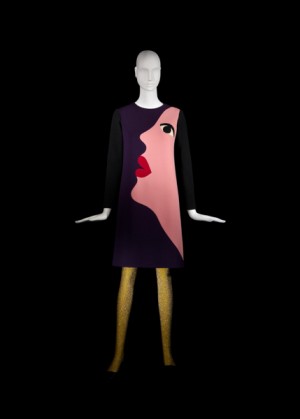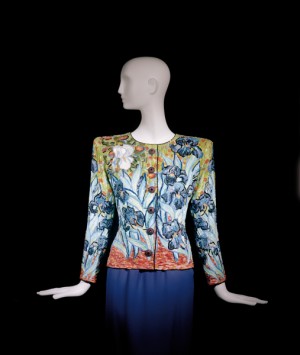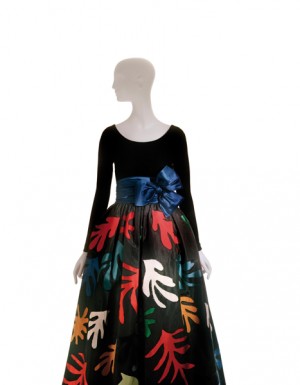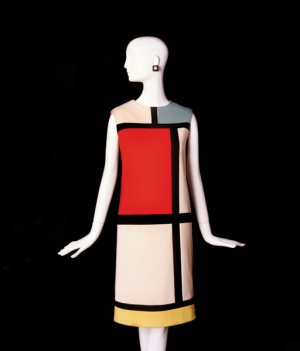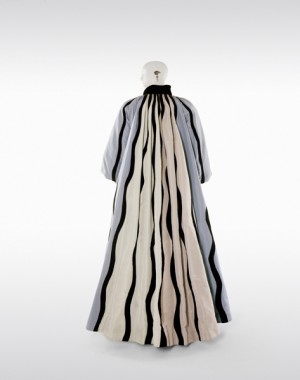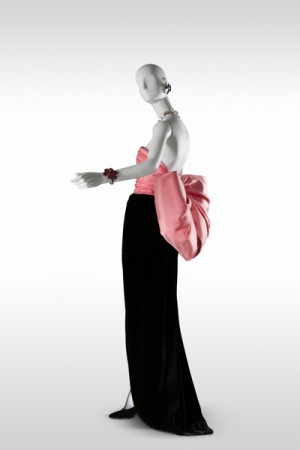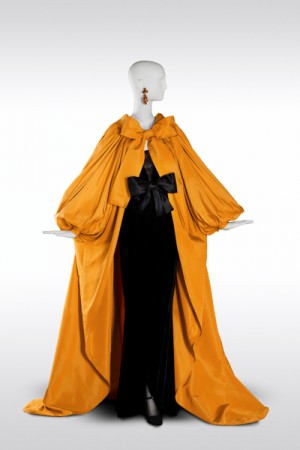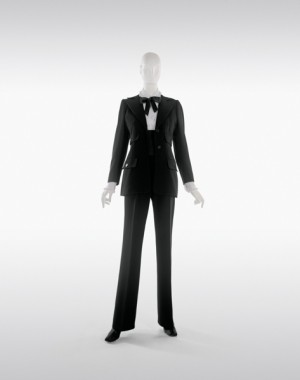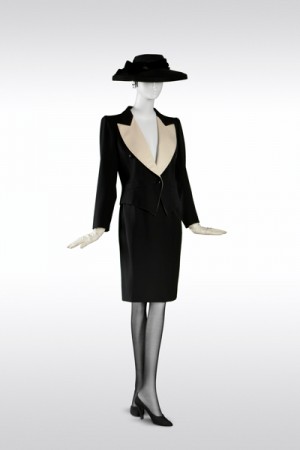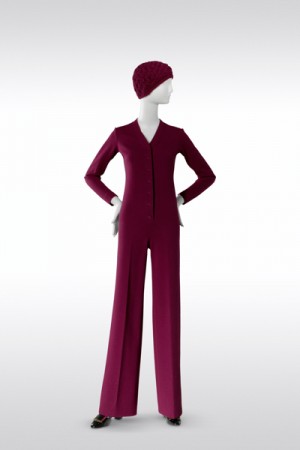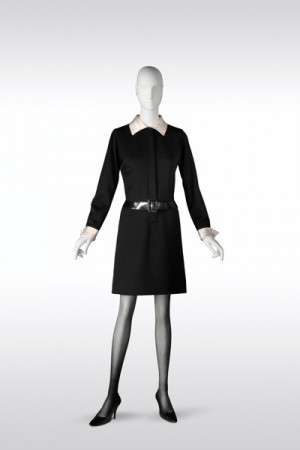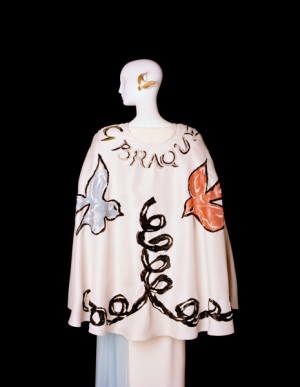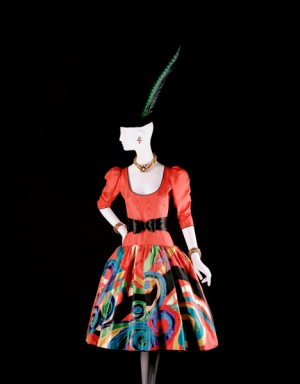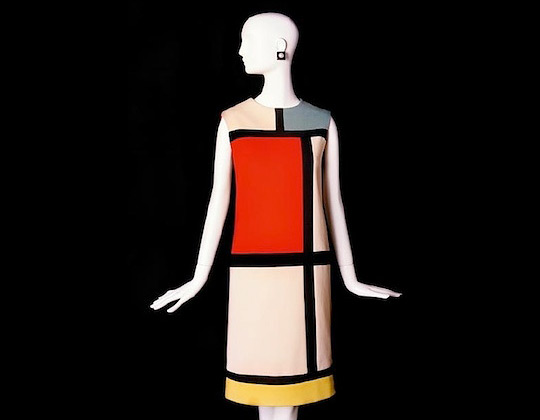
Yves Saint Laurent: 40 Years of Fashion, Yes, at Denver Art Museum
Fashion as art is nothing new. The first exhibition held at the Metropolitan Museum of Art in New York for a living artist happened in 1983 when Diana Vreeland organized Yves Saint Laurent for the Costume Institute. In 2011, Alexander McQueen’s Savage Beauty became the best attended exhibition in the Met’s history. The populism of fashion and design as art displayed in art museums is far more accepted these days than it was in 1998 when Thomas Krens was photographed amid the 114 motorcycles on display in the Guggenheim rotunda and critics cringed. But visitors flocked to the bikes, making it the highest attended exhibition ever at that institution – and sponsor Hugo Boss happy.
Fashion is everywhere, from network television’s Fashion Star to cable television’s Project Runway and in Denver, where Yves Saint Laurent: The Retrospective, will compete this spring with Elsa Schiaparelli and Miuccia Prada: On Fashion which opens May 10 at the Met. YSL in Denver runs through July 8.
Yet Pierre Berge, Yves Saint Laurent’s business and life partner and the director of the Fondation Pierre Berge Yves Saint Laurent, co-sponsor of the Denver exhibition, and the first foundation organized to keep an archive of haute couture, said:
“I think fashion is not an art. I should not say that maybe, but I’m convinced fashion is not an art, but fashion needs an artist to exist. To be. And Saint Laurent was an artist–a great artist.”
The YSL Retrospective is beautiful. And skinny. And angular. Such radical dimensions are what the Hamilton Building may have been designed for: sweeping, grand exhibitions of objects that move and don’t need to hang plumb on the walls. Denver is the only U.S. venue for this show, which chief curator Florence Muller called “the most important retrospective ever done” on Yves Saint Laurent’s fashion.
Remember when women didn’t wear trousers? It was St. Laurent who introduced in 1966 the idea of a woman going to a party dressed in a tuxedo. The retrospective also solidified that Saint Laurent in a sense instigated a sea change in gender rules by this introduction of menswear to women’s fashion. he also saw another kind of revolution: street leathers taken to the runway for made-to-order garments. Without YSL there could very well have been no J Lo.
Culled from 5,000 works held in the Fondation archive and curated by Muller, a fashion historian, the exhibition features 200 original works of haute couture spanning 40 years from 1958, the first year that Saint Laurent was the head designer at Christian Dior, through his last fashion show in 2002.
The exhibition is organized thematically. Gowns and ensembles on display include those designed for his muses and favorite clients from Catherine Deneuve (who is featured in her own small section of the exhibition) to Nan Kempner, Princess Grace of Monaco, Loulou de la Falaise, Lauren Bacall and Paloma Picasso.
The exhibition opens with the famous photos of Saint Laurent by Irving Penn but also later features a portrait by Andy Warhol that usually hangs in Pierre Berge’s office and, for the first time ever, the controversial nude photos of Saint Laurent by Jeanloup Sieff taken for an ad campaign.
His studio has been recreated and my favorite section of the exhibition features 750 pieces of paper with colored fabric swatches, which the designer actually used. Tucked amid the exploded rainbow are six muslin dresses from his last show. Fashion may not be art, but this hallway represented the artist Saint Laurent’s palette.

Other sections of the exhibition feature his dialogue with art and artists and his imaginary travels.
“Warhol took things from the supermarket and put them into art. YSL did the same with art and put it into fashion,” Muller summed up.

